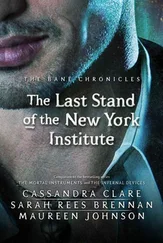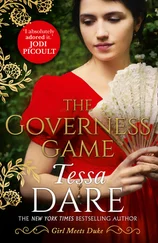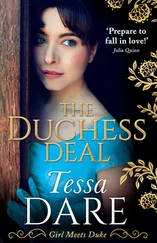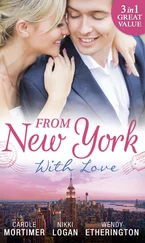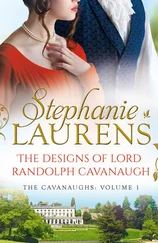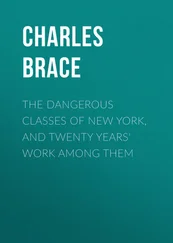The Five Spot used to be on St. Marks Place, but it’s a pizza joint now. It was a unique club because sometimes Monk would stay for a whole year, playing by himself, or with the whole band. Or sometimes the club would have, like, an Elvin Jones month. As long as the musicians were drawing a crowd, and the bars were making money, they would extend the engagement.
Down the street you could see some musicians hanging out at the cleaners, standing in front of the exhaust fan, smelling the fumes of the dry cleaning fluid, getting stoned. You could tell after a while that some of these people were just getting high to get high ’cause that’s what was happening. Some were getting high because it was cold and they wanted to stay warm enough to listen to the music. They were learning something when Monk was there.
The Five Spot was one of those small places that exerted a big influence, a magnet that drew poets and painters as well as musicians. In her memoir of her life with the poet and playwright LeRoi Jones, Hettie Jones remembers when they lived in the same building with the jazz musician Archie Shepp on Cooper Square, across from the Five Spot: “The acoustics of Cooper Square augmented every music; if it was warm weather when Archie’s groups played, they’d open up his studio windows and let the sound ricochet off the factories and repeat a millisecond later on the tenement wall on Fifth Street. The Five Spot was only a stone’s throw away. Roi was always hanging out the window. The casual proximity to his life of his chosen frame of reference made him deeply happy.”
I also heard Mingus and Coltrane at another spot that became a fixture of the Village in the fifties, not only for jazz but for folk music, hip popular singers like Nina Simone, and even stand-up comics. It was Art d’Lugoff’s Village Gate. “I felt I had to run the place like a store,” Art explains. “You couldn’t just depend on one item.”
Art began his midnight folk concerts at the Circle in the Square Theatre in 1955. “I was one of the first folk impresarios in the U.S.,” Art says. “I personally liked the music, and I thought it would be good commercially. I first heard it at political rallies, and hootenannies at people’s houses. I felt the public was looking for some alternative to the bland music of the time. Jazz had become cool—there was no dancing with it, the melody had gone out of it.”
When he opened the Village Gate in 1958, d’Lugoff wanted to feature folk music, but he couldn’t afford it: “The Weavers I couldn’t buy, or the Kingston Trio, and I couldn’t afford Joan Baez, so I turned to jazz. I had Coltrane, Mingus—all of them worked for me.”
I tell Art that I remember hearing some stand-up comedians there, like a scrawny little guy with horn-rims named Woody Allen.
“That’s right,” Art says. “Woody Allen played the Gate, but he never was a big draw. He doesn’t want to be reminded now he once was a comic. Even then he was on his way, though. I had Dick Cavett, Mort Sahl, Jackie Mason, Redd Foxx. I mixed ’em up, and mixed up the kinds of music too—I had the Clancy Brothers, Leon Bibb, Erroll Garner.”
Art wanted Billie Holiday, but he couldn’t have her at the Gate because, like many jazz musicians of the day, she had had her police ID card, commonly called a cabaret card, taken away. No one could work at a nightclub or cabaret—a place of entertainment where liquor is served—without such a card, issued by the New York City Police Department, and no one could have a card “who has been convicted of a felony or of any misdemeanor or offense, or is or pretends to be a homosexual or lesbian.” Leaving aside the constitutional rights of homosexuals and lesbians (essentially they had no rights then), the main effect was to bar people who had been convicted or even simply arrested for possession of narcotics, as many jazz musicians had been. Thelonious Monk was unable to work in New York from 1951 to 1957 because his cabaret card was taken away.
For The Nation , I covered a test case on the issue, brought by J. J. Johnson, who in the five previous years, from 1954 to 1959, had led both critics’ and readers’ polls as the outstanding trombone player in the country. In 1946 he’d been given a suspended sentence on a narcotics charge, and because of that the police took away his cabaret card. Despite his clean record after that, the police would issue him only temporary cards, forcing him to reapply every time he got a club date.
Johnson, a most solid citizen, was able to prove he had been married since 1946, was the father of two children, owned his own home, and was a member in good standing of national fraternal organizations—a real sign of respectability in the fifties. He still hadn’t been granted a permanent ID card, and the attorney Maxwell Cohen, who represented other jazz musicians on this issue as well, went to court in behalf of Johnson. In covering the court proceedings, I got to meet Johnson, another of my jazz idols, who held the extra fascination for me of being from Indianapolis (he composed and recorded a piece called “Naptown, USA”). I introduced myself to him and his wife, another Indianapolis native, who told me her sister was now attending my old high school, Shortridge, and I proudly wrote to my parents of how I had met and talked with this famous couple from Naptown.
Club owners later joined musicians in the battle to end cabaret card regulations. “We finally fought the ordinance,” Art d’Lugoff says, “and got the police to end the fingerprinting of nightclub performers in New York.” But that was not until after Art had tried to bring Billie Holiday to town in the summer of 1957.
For the previous ten years she had been banned from singing at any New York club by denial of her police ID card, based on previous narcotics arrests. But there was another way Art d’Lugoff could bring Billie Holiday to the Village: no edict prevented her from performing in a theater.
“I couldn’t have her at the Gate,” d’Lugoff explains, “So I put her at the Loew’s Sheridan.” He hands me a yellow leaflet announcing Billie Holiday’s appearance at the 2,500-seat movie theater in the Village. The concert was cosponsored by d’Lugoff and the Village Voice .
The afternoon before the night of the concert, Art called Jerry Tallmer, the theater critic of the Voice , and asked if he could pick up Billie in Philadelphia and drive her to the evening’s event. Art explained she was working in a nightclub in Philly and the show wouldn’t be over until eleven. Tallmer would have to get her to the Sheridan between one and two A.M. in order to beat a three A.M. entertainment curfew in New York.
The only car the Voice owned was a 1949 Olds that Tallmer doubted could make it to New York from Philadelphia in two hours. Tallmer was a great Billie Holiday fan who’d gone to hear her on 52nd Street when he and she were both twenty years old (compared to her, Tallmer felt as if he were ten), and he managed to commandeer a new, “powder-blue, push-button Chrysler” for the trip. Tallmer packed Billie, her husband and manager Louis McKay, her accompanist Mal Waldron, Waldron’s girlfriend and future wife, Billie’s evening dresses and portfolios of music, and assorted other bags into the car at about a quarter to twelve, with Billie holding her Chihuahua in one hand and a drink in the other, and they sped north. Billie insisted on stopping at a bar on the way, but they made it to the theater just before three for her first major appearance in New York City in over a decade.
She wouldn’t have been allowed to sing after the three o’clock curfew, but the police had been greased, and Billie started on the dot of three. She sang to a wildly enthusiastic full house, and afterward went to a party at Tallmer’s apartment on Christopher Street, and then he took her to the hotel where she was staying on Columbus Circle. Two years later, Tallmer wrote an account of the adventure as part of an impassioned tribute in Evergreen Review (“Bye Bye Blackbird”) after he heard on the radio that Billie Holiday was in Metropolitan Hospital with a guard posted in her room. She had been booked on a charge of possession of heroin, which the police found in her purse.
Читать дальше

